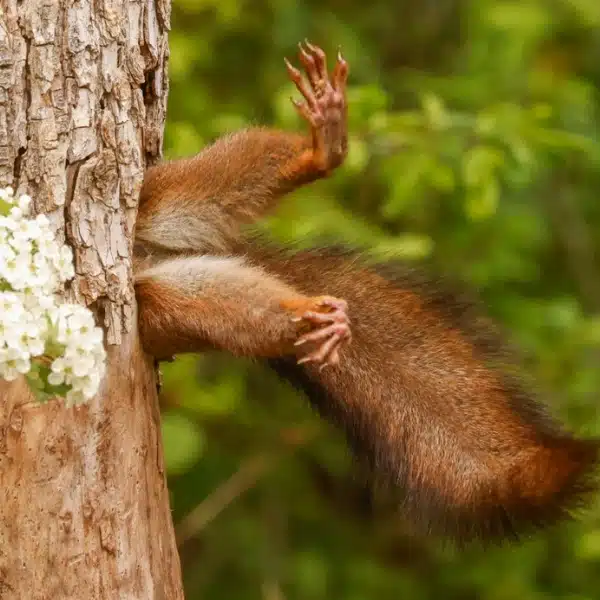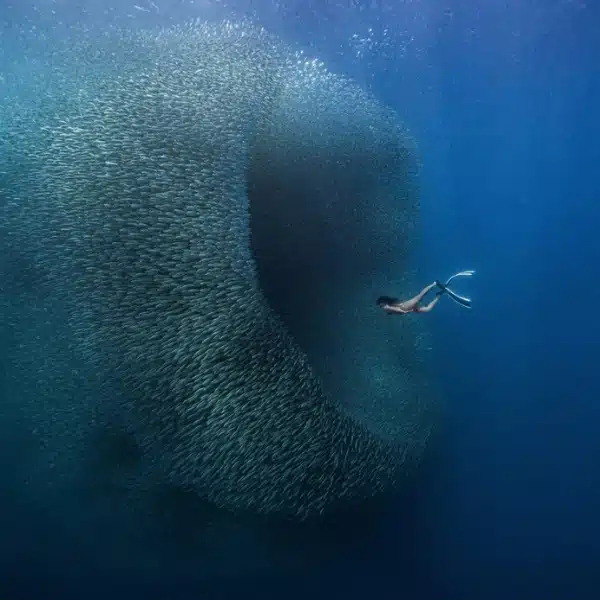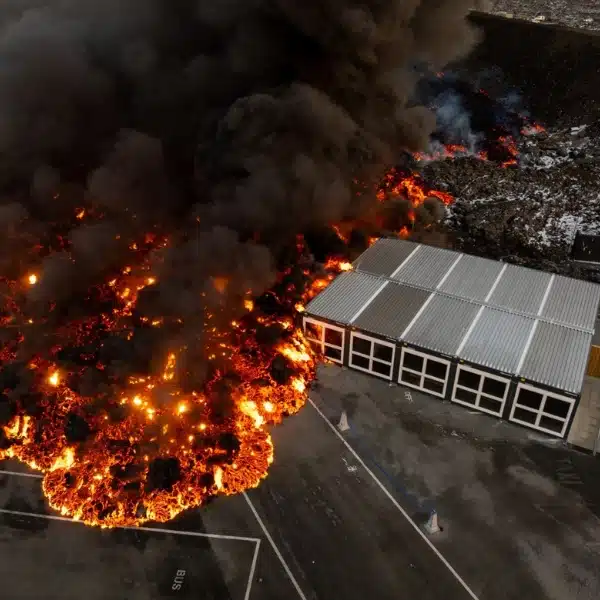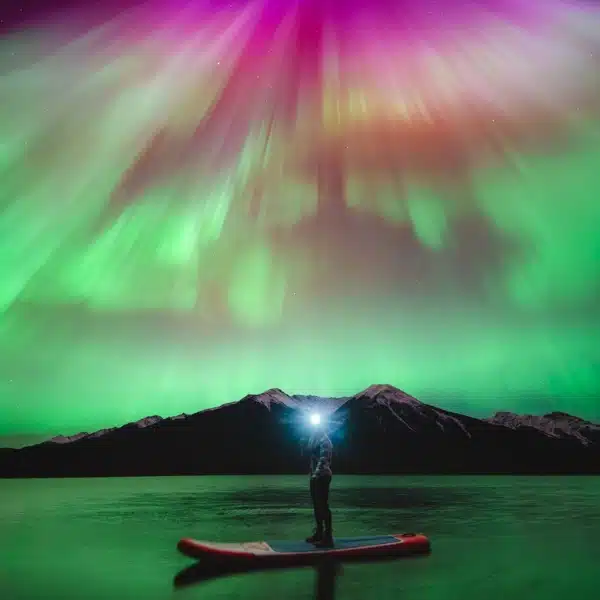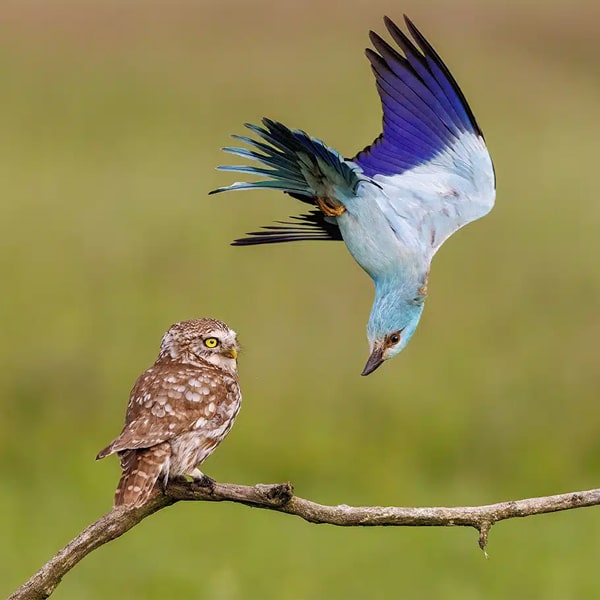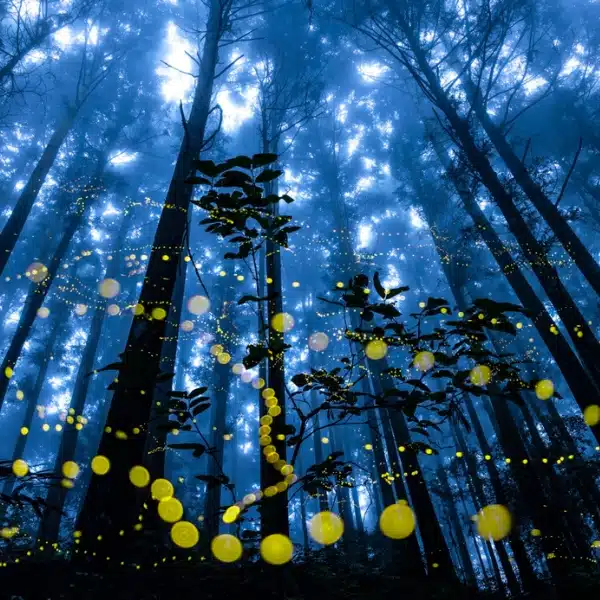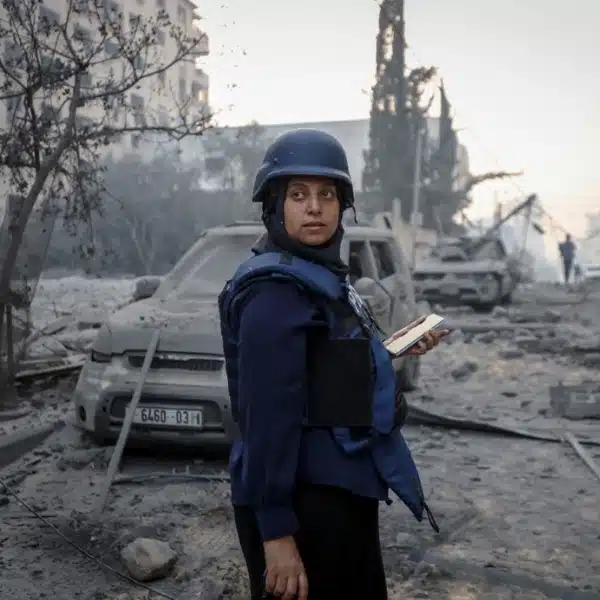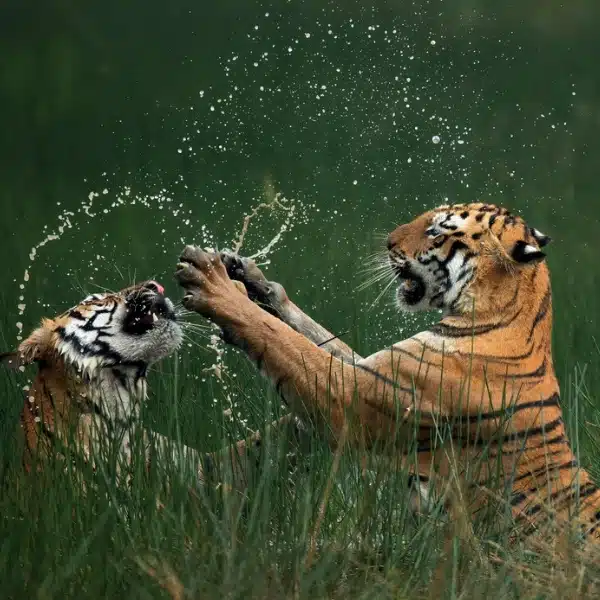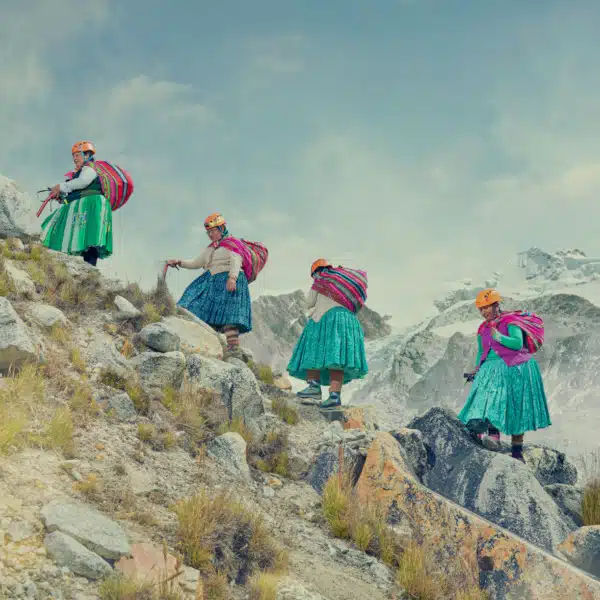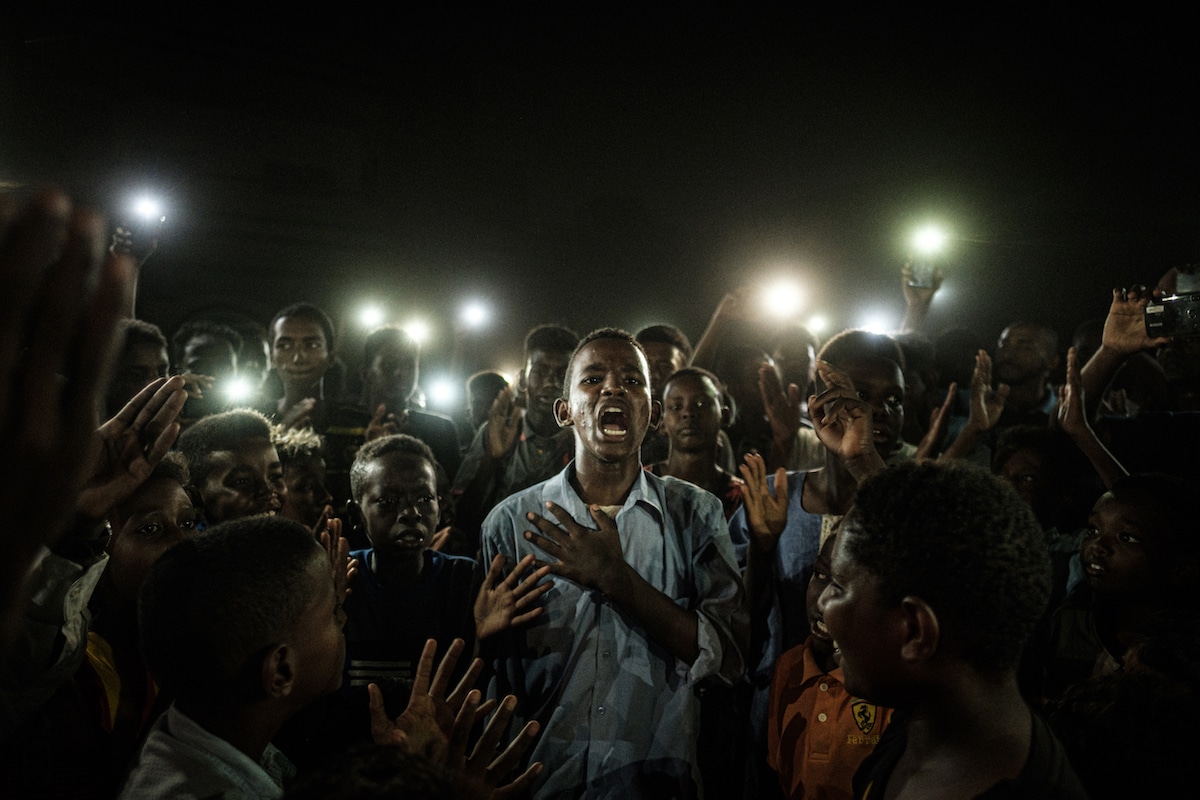
“Straight Voice” by Yasuyoshi Chiba, Japan, Agence France-Presse. Nominee, World Press Photo of the Year.
A young man, illuminated by mobile phones, recites a poem while protestors chant slogans calling for civilian rule, during a blackout in Khartoum, Sudan, on 19 June.
For sixty-three years, the World Press Photo Contest has honored the best visual journalism by professional photographers around the world. And with the release of the 2020 World Press Photo nominees, it's clear that this year will be no exception to the journalistic excellence the contest is known for. With 4,282 photographers from 125 countries entering 73,996 images, the jury was given the difficult task of narrowing down the best single images and stories.
In the end, 44 photographers from 24 countries were chosen to represent the very best of photojournalism. Six of these images were also singled out as nominees for the prestigious World Press Photo of the Year, while three photographers had their work nominated as World Press Photo Story of the Year. While the photographs are wide-ranging across categories, prevalent themes in this year's nominees include protest and youth-activated change.
This is clearly demonstrated by Yasuyoshi Chiba and Farouk Batiche, who were both nominated for the World Press Photo of the Year. Chiba's striking photo shows young men in Sudan taking a stand against the government in a call for civilian rule. Batiche's photograph shows a decidedly violent side to protests as students in Algeria clash with the police during anti-government protests. These themes continue through to the World Press Photo Story of the Year with Nicolas Asfouri's piece on protests in Hong Kong.
Another aspect of the 2020 competition is a focus on the environment, with numerous photojournalists working on stories involving fire, flooding, and the plight of animals around the globe. By exposing everything from illegal animal trafficking to the devastating effects of Australia's bushfires, these photojournalists put themselves on the front lines to bring important issues into focus.
Of course, there are also lighter sides to photojournalism. Olivier Papegnies' focus on the rise of female soccer players in Benin and Alon Skuy's portrait of dancer Musa Motha, who is an amputee, shows the triumph of the human spirit. All told, the 44 nominated photographers are a diverse cross-section of visual storytellers, each of them working under difficult conditions to ensure that news is transmitted to the public.
Who will win? We'll need to wait until April 16, when awards will be handed out during a ceremony in Amsterdam. For now, soak in these incredible images and learn a bit more about the stories that have shaped the world over the past year.
Six images have been nominated for World Press Photo of the Year 2020.
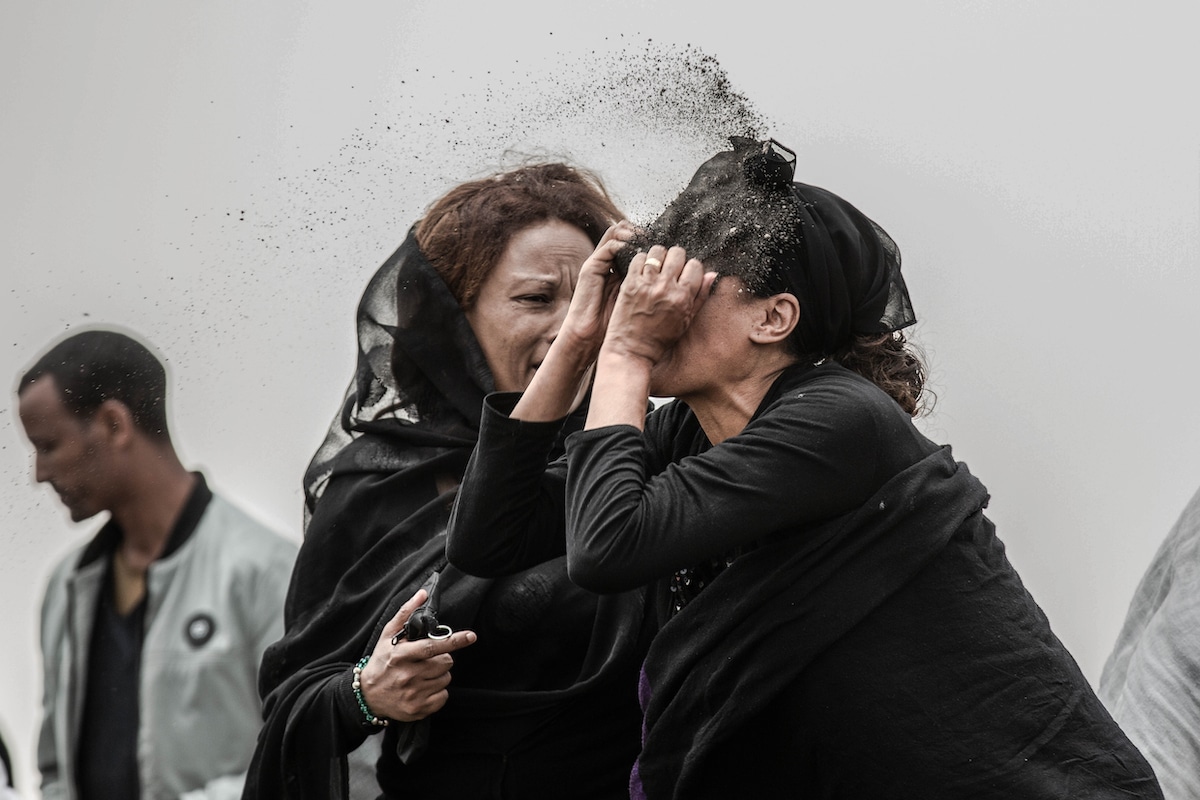
“Relative Mourns Flight ET 302 Crash Victim” by Mulugeta Ayene, Ethiopia, Associated Press. Nominee, World Press Photo of the Year.
“A relative of a victim of the crash of Ethiopian Airlines Flight ET302 throws dirt in her face as she grieves at the crash site of Ethiopian Airlines Flight ET302, outside Addis Ababa, Ethiopia, on 14 March 2019.”
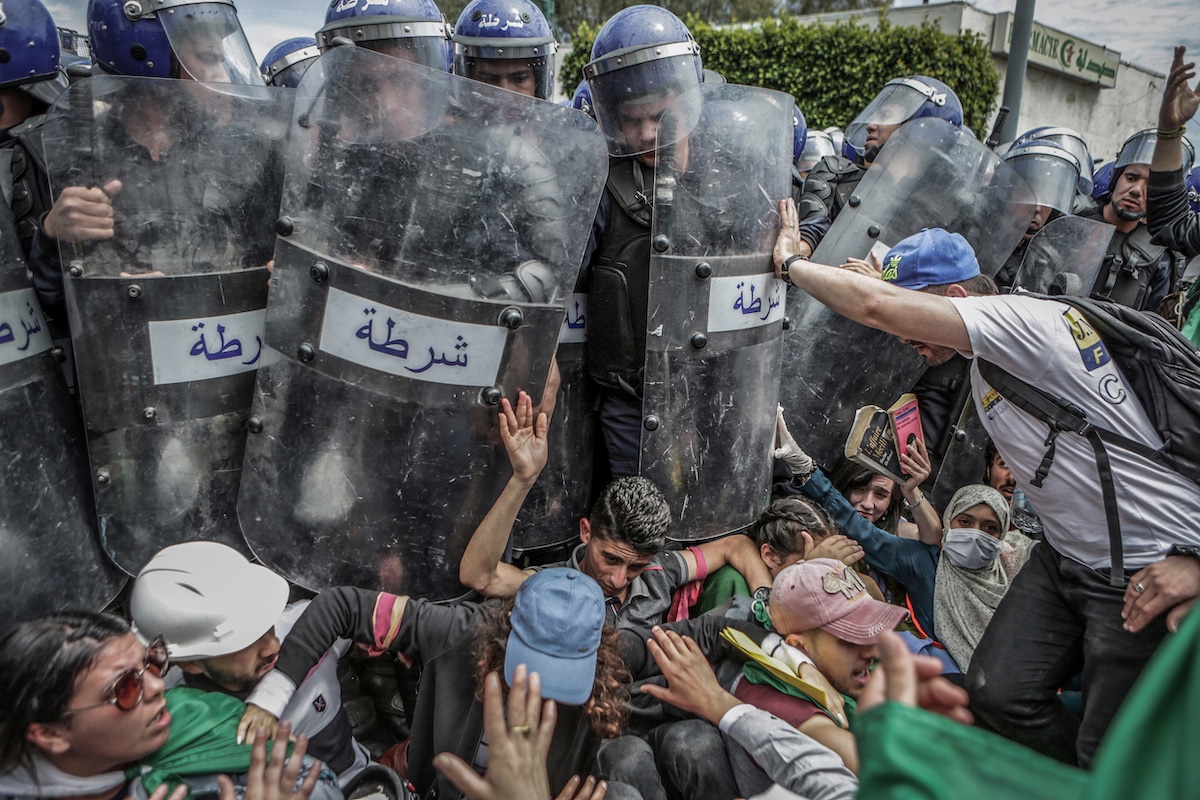
“Clash with the Police During an Anti-Government Demonstration” by Farouk Batiche, Algeria, Deutsche Presse-Agentur. Nominee, World Press Photo of the Year. Students scuffle with riot police during an anti-government demonstration in Algiers, Algeria, on 21 May.
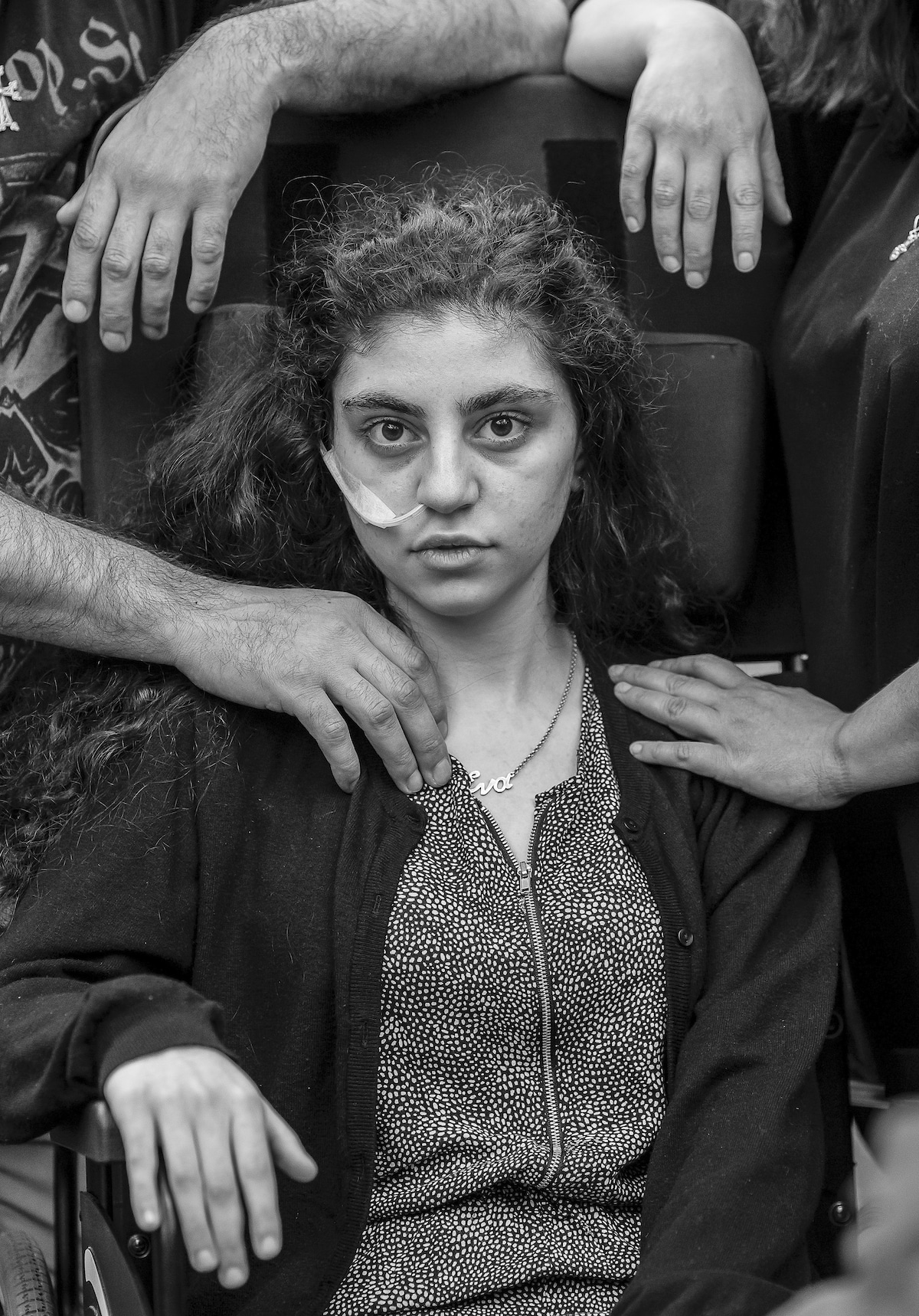
“Awakening” by Tomek Kaczor, Poland, for Duży Format, Gazeta Wyborcza. Nominee, World Press Photo of the Year.
A 15-year-old Armenian girl who has recently woken from catatonic state brought on by Resignation Syndrome, sits in a wheelchair, flanked by her parents, in a refugee reception center in Podkowa Leśna, Poland. Resignation Syndrome (RS) renders patients passive, immobile, mute, unable to eat and drink, incontinent and unresponsive to physical stimulus. It affects psychologically traumatized children in the midst of lengthy asylum processes, and seems most common in Roma and Yazidi children as well as those from the Balkans.

“Injured Kurdish Fighter Receives Hospital Visit” by Ivor Prickett, Ireland, for The New York Times. Nominee, World Press Photo of the Year.
Ahmed Ibrahim (18), a badly burned Syrian Democratic Forces fighter, is visited by his girlfriend at a hospital in Al-Hasakah, Syria, on 20 October. She had at first been reluctant to enter the room, as she was horrified by his injuries, but a nurse persuaded her to go in to hold Ahmed’s hand and have a short conversation.
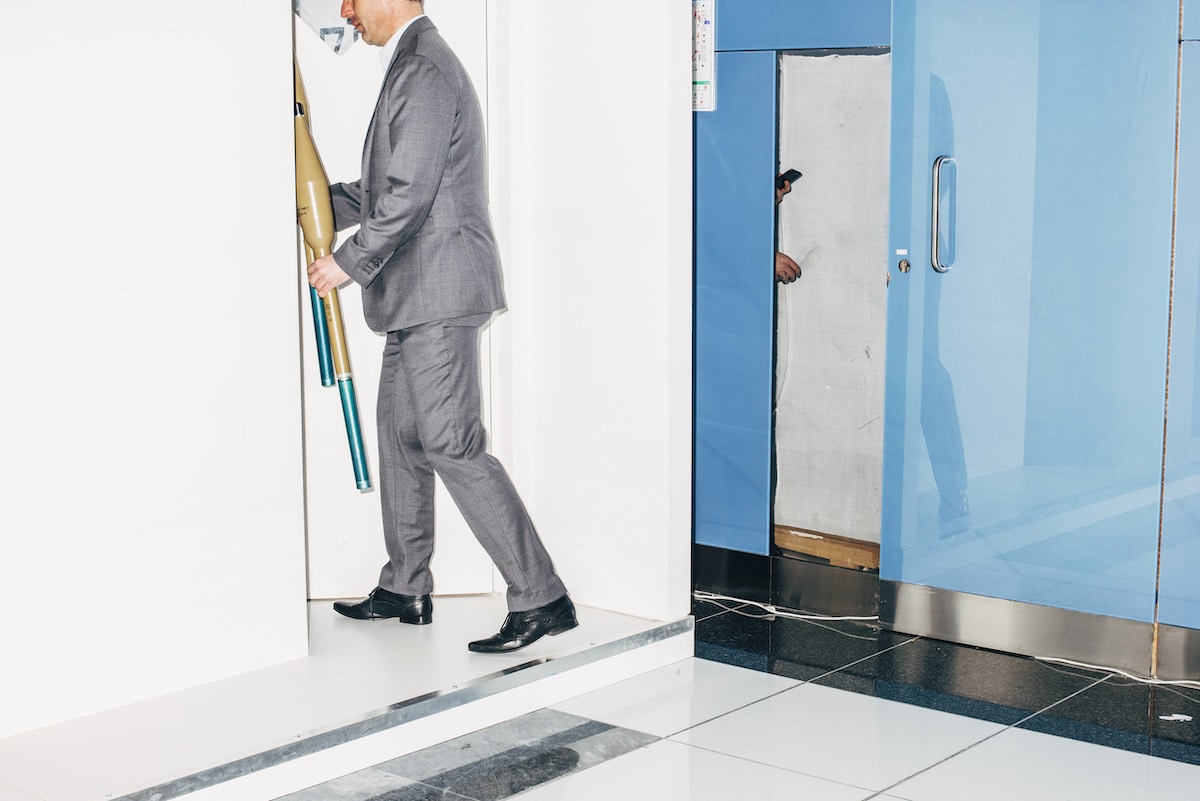
“Nothing Personal – the Back Office of War” by Nikita Teryoshin, Russia. Nominee, World Press Photo of the Year.
A businessman locks away a pair of anti-tank grenade launchers at the end of an exhibition day, at the International Defence Exhibition and Conference (IDEX) in Abu Dhabi, United Arab Emirates, on 18 February. IDEX is the biggest defense exhibition and conference in the Middle East, and one of the biggest arms trade-fairs in the world. No official attendance figures are released, but according to UAE state media the event drew 1,200 global defense specialists, 1,300 exhibitors, and more than 105,000 visitors.
For the second year, the contest will also give an award to the World Press Photo Story of the Year.
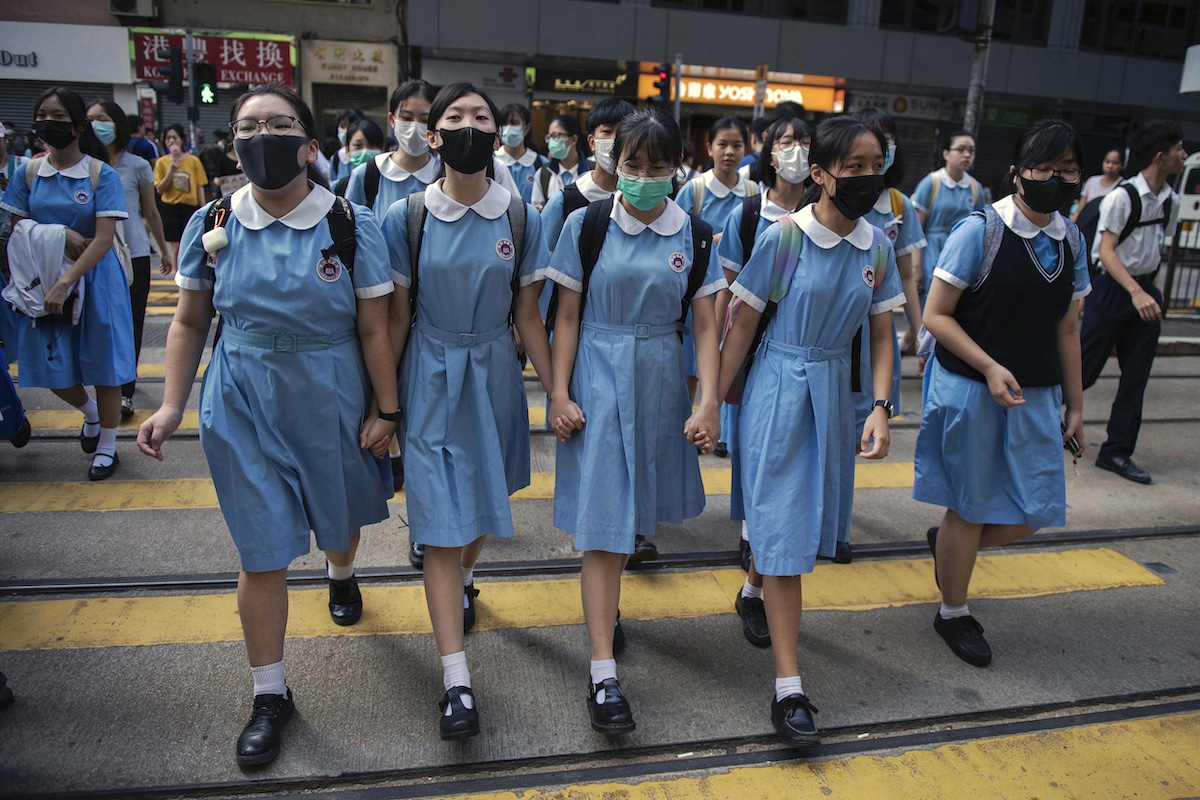
“Hong Kong Unrest” by Nicolas Asfouri, Denmark, Agence France-Presse. Nominee, World Press Photo Story of the Year.
Protests began to be held in Hong Kong at the end of March in response to government proposals to amend existing legislation and allow extradition to mainland China. Anti-government demonstrations gathered momentum over the following weeks as pro-democracy groups united, with students playing a large role in protests and in human-chain rallies. On 12 June, tens of thousands of demonstrators gathered around the Legislative Council building ahead of a debate on the extradition laws, and met with violent opposition from police. Protests continued to escalate, both in frequency and size, as did police counter-measures. The authorities banned the wearing of face masks, and at a demonstration on 1 October, the day marking the 70th anniversary of the declaration of the People’s Republic of China, police fired live ammunition at protesters for the first time. After initially proposing postponements and amendments to legislation, Chief Executive of Hong Kong Carrie Lam eventually announced that she would withdraw the bill. This was done on 23 October, but protesters’ demands had broadened to include implementation of genuine universal suffrage and release of arrested protestors, and unrest continued into 2020.
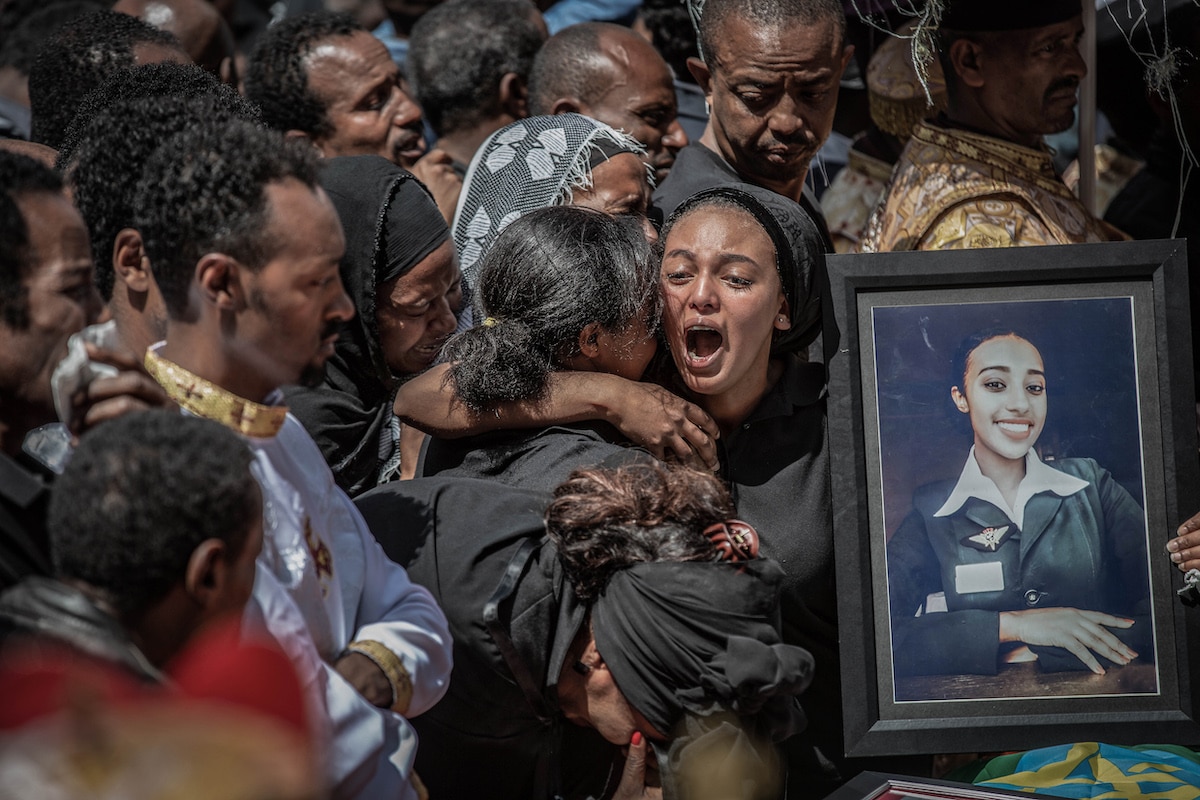
“Ethiopian Airlines Flight 302 Crash Site” by Mulugeta Ayene, Ethiopia, Associated Press. Nominee, World Press Photo Story of the Year.
On 10 March, Ethiopian Airlines flight ET302, a Boeing 737 MAX, disappeared from the radar six minutes after take-off from Addis Ababa airport and crashed into a field, killing all 157 people on board. The impact was so great that both engines were buried in a crater 10 meters deep, and any human remains were almost impossible to identify. On 14 November, eight months after the crash, the site of the impact was covered and the unidentified remains of victims buried in rows of identical coffins. Comparisons were made with the crash of a Lion Air aircraft, also a 737 MAX, 12 minutes after take-off from Jakarta in October 2018. Countries across the world, initially with the exception of the US, grounded the 737 MAX. First reports showed that pilots had been unable to prevent the plane repeatedly nosediving, despite following procedures recommended by Boeing. It appeared that in both cases pilots were struggling to deal with an automated safety system designed to prevent stalling, which was repeatedly pushing the nose of the plane down. It seemed that the system was being activated, possibly due to a faulty sensor, even though nothing was wrong. It later emerged that American Airlines pilots had confronted Boeing about potential safety issues with the MAX. Boeing had resisted their calls but promised a software fix, which had not been done by the time Flight ET302 crashed. Planes remained grounded into 2020.
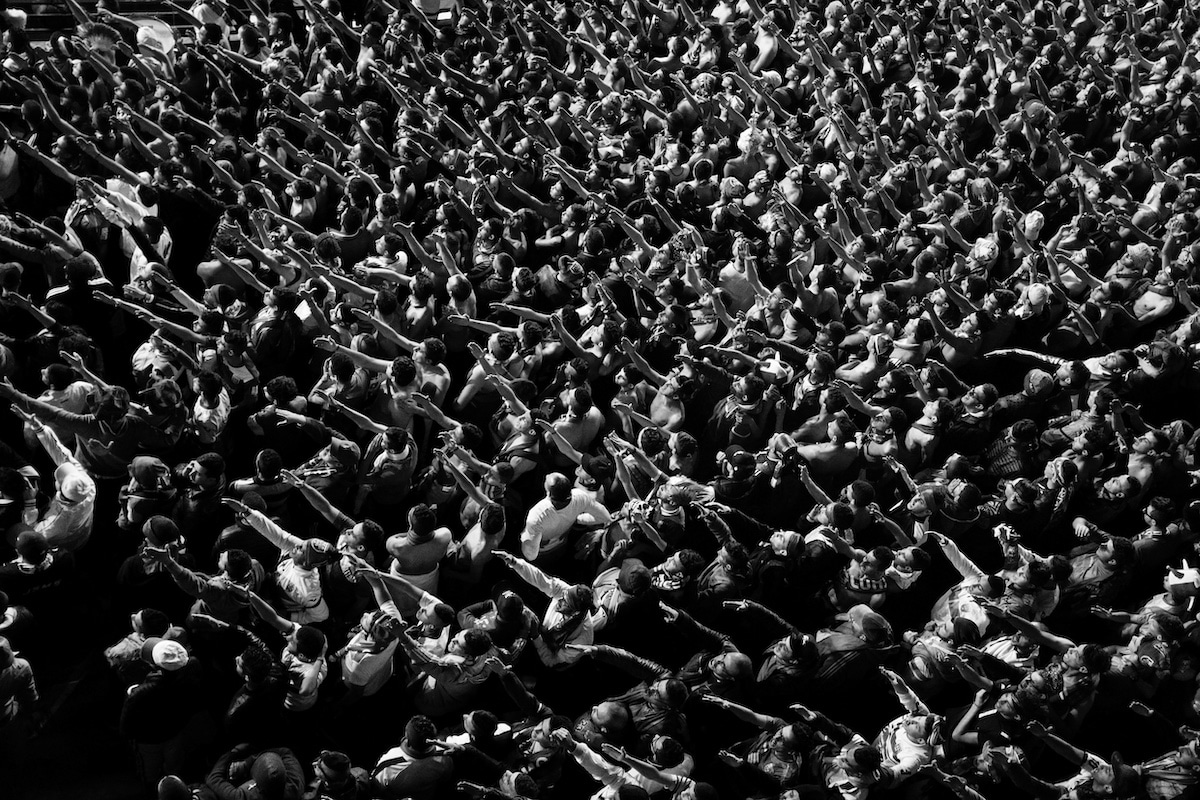
“Kho, the Genesis of a Revolt” by Romain Laurendeau, France. Nominee, World Press Photo Story of the Year.
Young people make up more than half of Algeria’s population, and according to a UNESCO report 72% of people under 30 in Algeria are unemployed. Pivotal moments in Algerian history, such as the ‘Black October’ revolt of 1988, have had angry youth at their core. Black October was harshly suppressed—more than 500 people were killed in five days—and was followed by a ‘black decade’ of violence and unrest. Thirty years on, the effects of that decade are still present. In a traumatized country, high unemployment leads to boredom and frustration in everyday life and many young people feel disassociated from the state and its institutions. In neglected working-class neighborhoods such as Bab el-Oued in Algiers, young people often seek refuge in diki—private places that are ‘bubbles of freedom’ away from the gaze of society and from conservative social values. But the sense of community and solidarity is often not enough to erase the trials of poor living conditions. In February 2019, thousands of young people from working-class neighborhoods again took to the streets in what became a nationwide challenge to the reign of long-time president Abdelaziz Bouteflika.
Kho (the word means ‘brother’ in colloquial North-African Arabic) is about the genesis of a revolt. It is the story of the deep unease of youth, who, by daring to challenge authority, inspired the rest of the population to join their action, giving birth to the largest protest movement in Algeria in decades.
44 photojournalists from 24 countries saw their work nominated in the prestigious competition.
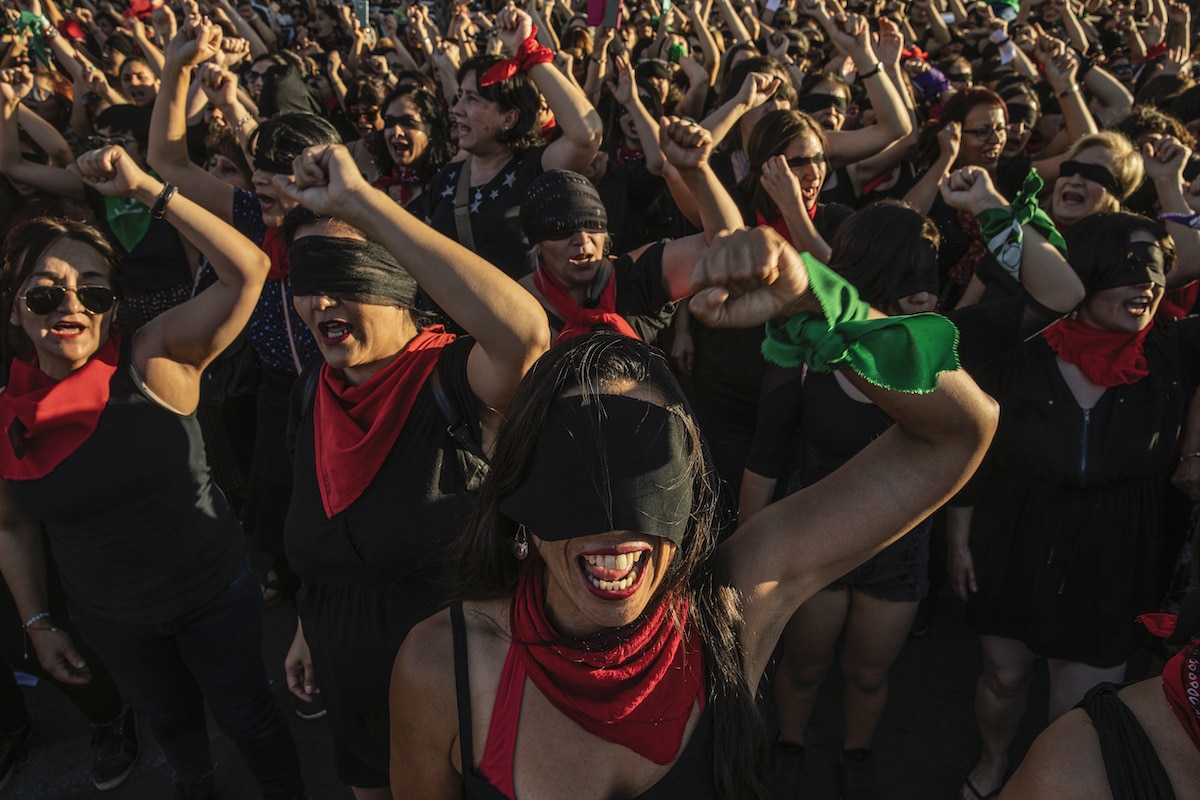
“Chile: A Rebellion Against Neoliberalism” by Fabio Bucciarelli, Italy, for L’Espresso. Nominee, General News Stories.
Chile was rocked by the biggest civil unrest in its recent history as people rose to protest against economic inequality. Despite being one of the region’s most prosperous nations, Chile is the most unequal country in the OECD group of nations, according to a United Nations report. Just 1% of its population controls 33% of its wealth. The trigger for the unrest was an increase in subway fares instigated by President Sebastián Piñera on 18 October. A peaceful rally in the capital Santiago sparked further protests. This transformed into a nationwide uprising. Demands grew to include complete economic reform and the replacement of the constitution, which was drawn up during the reign of Augusto Pinochet in the 1980s and which created a legal basis for a market-driven economy and privatized pensions, health and education. Demonstrations grew in size—the largest comprising more than one million people on 25 October—and became increasingly violent. According to Human Rights Watch, the authorities used excessive force against demonstrators, including pellet shotguns that caused numerous eye injuries, and were accused of abuse, including rape, of people in detention. Women played a prominent role in the demonstrations, particularly after reports of human-rights and sexual offences against female protestors by security forces. On 15 November President Piñera announced a referendum on a new constitution to be held in 2020, but unrest continued with demands for an inquiry into human rights violations during the protests and for an immediate overhaul of the pension, health and education systems.
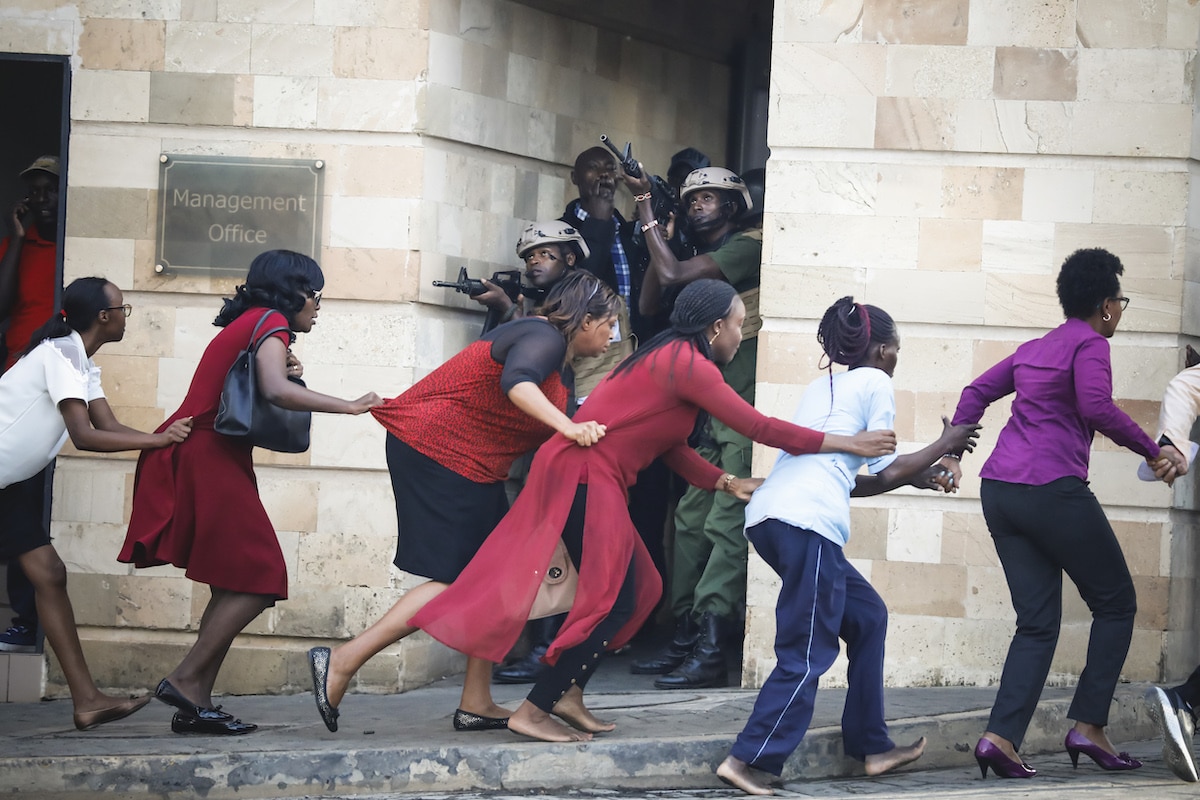
“Nairobi DusitD2 Hotel Attack” by Dai Kurokawa, Japan, European Pressphoto Agency.
Women are evacuated out of the scene as security officers search for attackers during an attack on DusitD2 hotel in Nairobi, Kenya, 15 January 2019.
Five attackers threw bombs at vehicles in the car park before entering the hotel lobby, where one staged a suicide bombing. At least 700 people were evacuated from the complex, with 21 killed and 28 wounded. The Somalia-based Islamist extremist group al-Shabab claimed responsibility for the attack, releasing a statement that called it a response to US president Donald Trump’s decision to recognize Jerusalem as the capital of Israel. The DusitD2 complex houses a number of international companies, and is frequented by government officials and foreign visitors, making it a target that would draw media attention. The attack and subsequent security operation lasted 20 hours, and ended with all five attackers being killed.
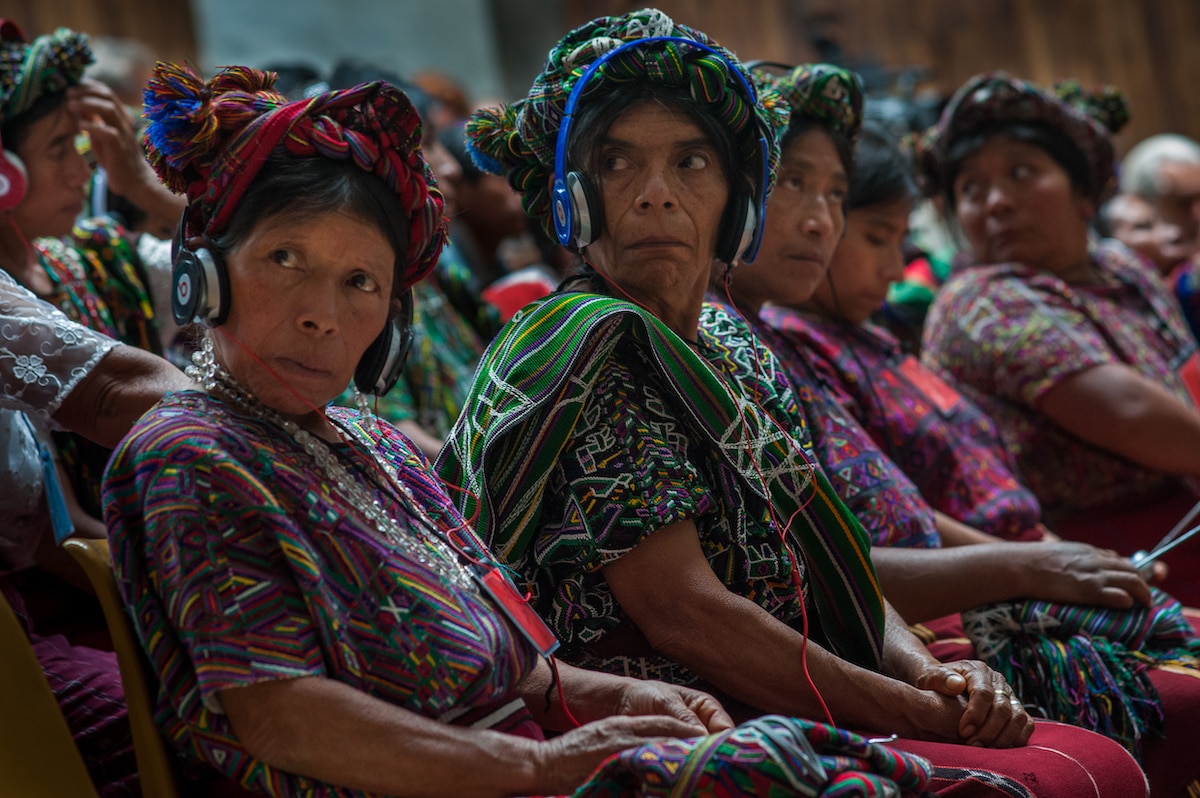
“Ixil Genocide” by Daniele Volpe, Italy. Nominee, Long-term projects.
Ixil women listen to the translation from Spanish to their native language during the genocide trial against Ríos Montt.
In the early eighties, the Ixil Community was one of the principal targets of a genocide operation, involving systematic rape, forced displacements and hunger during the Guatemalan civil war. According to a 1999 United Nations truth commission, between 70 and 90% of Ixil villages were razed and 60% of the population in the highland region were forced to flee to the mountains. By 1996, it was estimated that some 7,000 Maya Ixil had been killed. The violence was particularly heightened during the period 1979–1985 as successive Guatemalan administrations and the military pursued an indiscriminate scorched-earth.
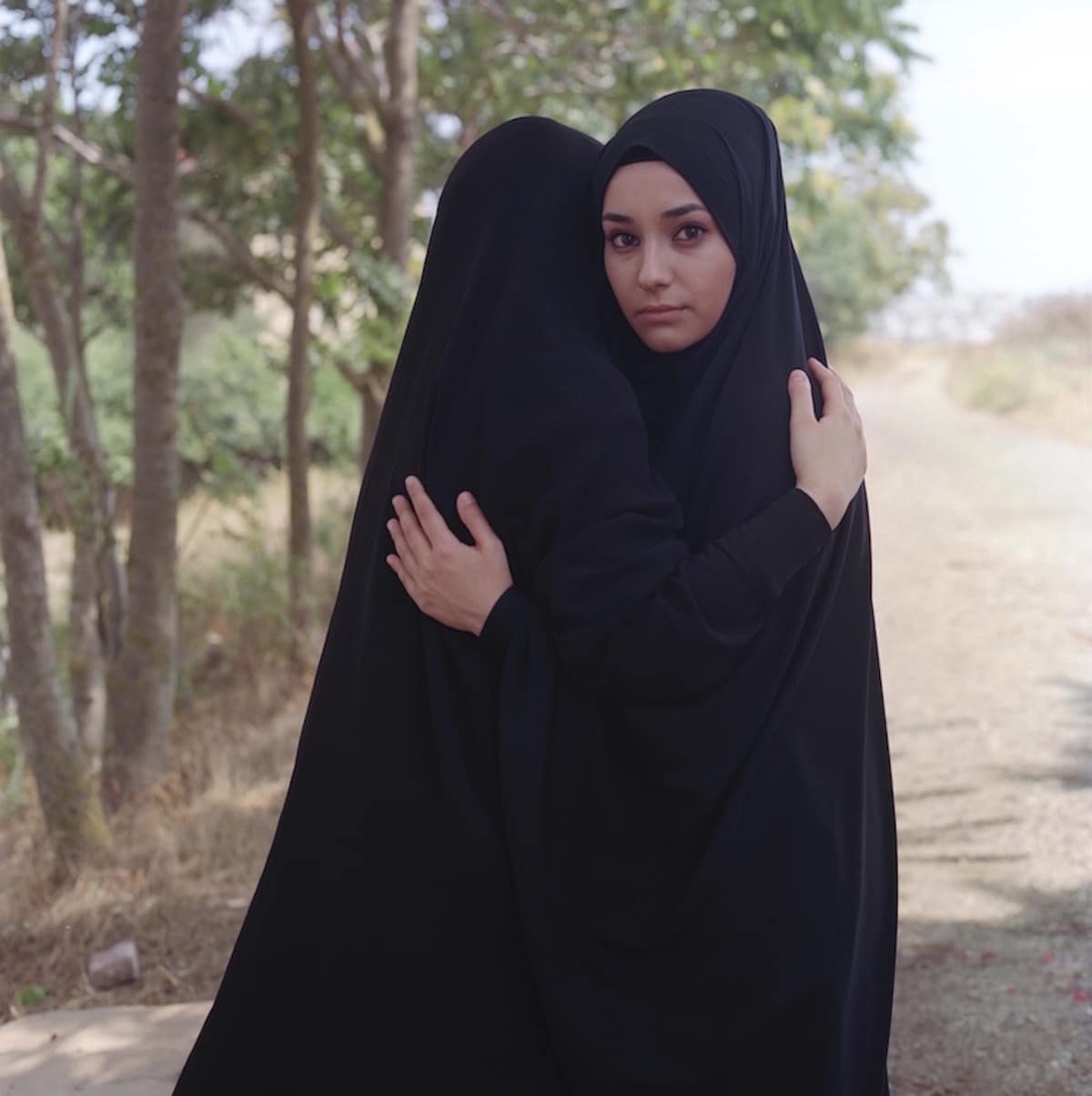
“Hafız: Guardians of the Qur’an” by Sabiha Çimen, Turkey. Nominee, Long-term Projects.
Muslims who completely memorize the Qur’an are allowed to use the title ‘Hafız’ before their names. They believe that whoever memorizes the holy book and follows its teachings will be rewarded by Allah and will rise in status in Paradise. The practice dates back to the days when illiteracy was widespread and paper and vellum were prohibitively expensive, so hafızes were seen as guardians of the holy word, keeping it alive for future generations. The Qur’an has 6,236 verses, and memorizing is usually achieved by repetition and recitation. In Turkey, thousands of Qur’an schools exist for the purpose and many are attended by girls. Ranging in age from eight to 17 years old, most take three or four years to complete a task that requires discipline, devotion and focus. After graduating, most of these girls marry and have families but still retain the holy text word for word.
The photographer attended a Qur’an school with her twin sister when they were 12, and so is able to reveal a world unknown to many. Her project follows the daily lives of boarders at Qur’an schools and shows not only their emotions as they try to memorize the sacred texts, but how they retain the dreams of young women their age, as well as the rule-breaking practices and fun of school life when they are not studying.
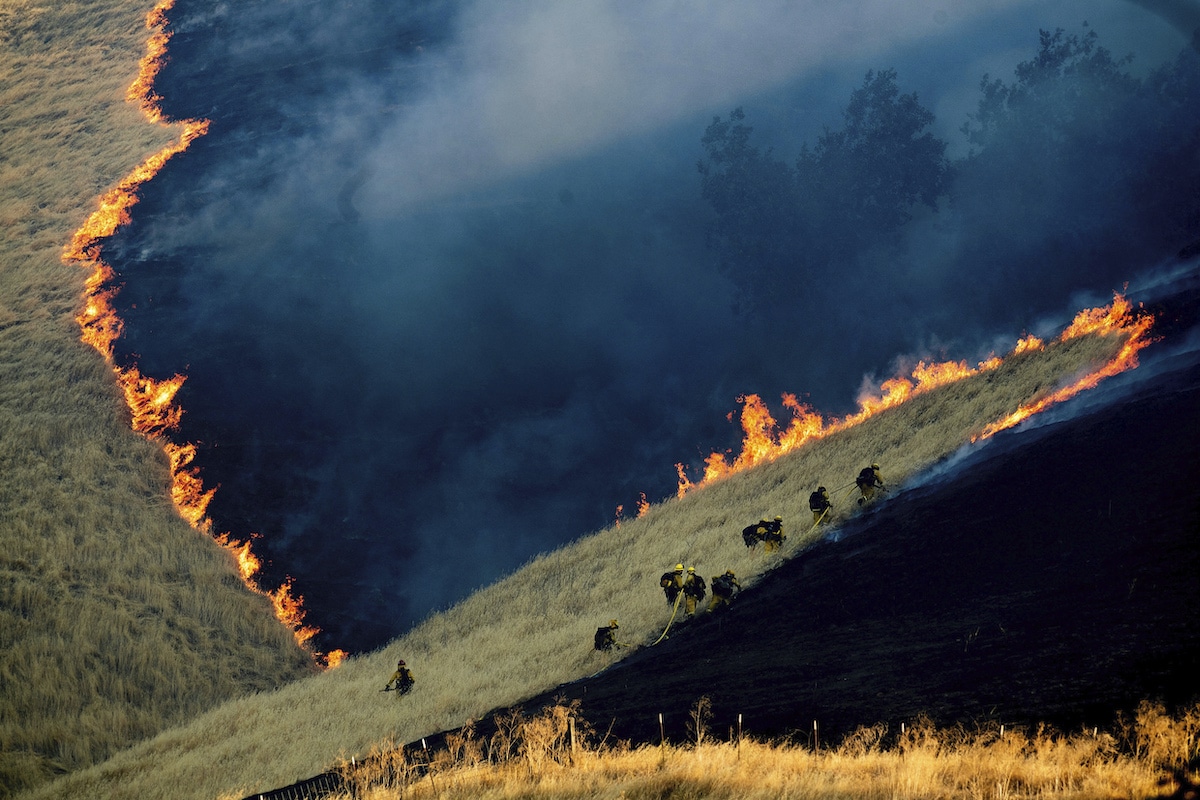
“Battling the Marsh Fire” by Noah Berger, United States, for Associated Press. Nominee, Environment Singles.
Firefighters battle the Marsh Complex Fire, near the town of Brentwood, California, USA on 3 August. The Marsh Complex Fire began near Marsh Creek Road in Contra Costa County on 3 August and burned until 7 August, laying waste to more than 300 hectares of land. Roughly 81,000 hectares (200,000 acres) burned state-wide in California in 2019, compared with 765,000 in 2018, and 525,000 in 2017.
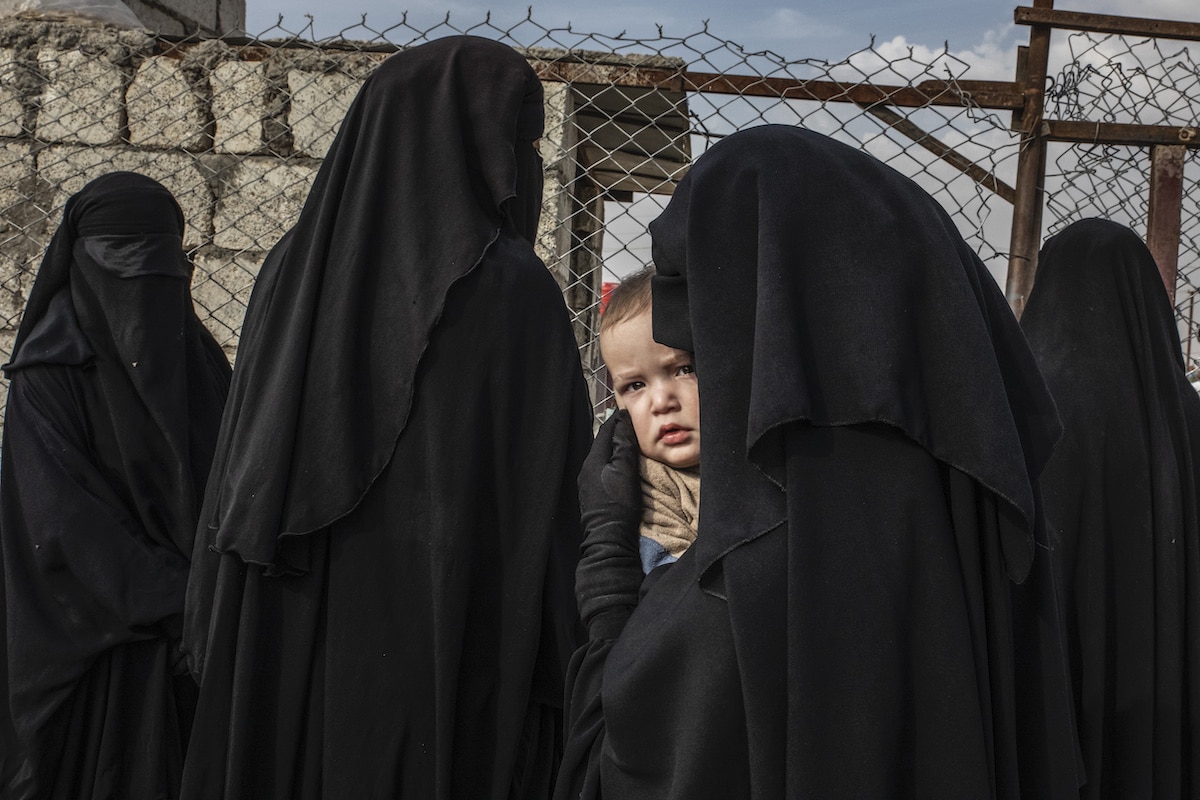
“Russian Mother and her Child at Al-Hol Refugee Camp” by Alessio Mamo, Italy. Nominee, General News Singles.
A Russian woman carries her child while queuing at a makeshift hospital in ‘The Annex’, at the Al-Hol Refugee Camp in northern Syria, on 14 November. Al-Hol was home to tens of thousands of refugees, many of them the wives and children of suspected Islamic State group (IS) fighters displaced from former IS-held territory in northeastern Syria. Many women played an important role in IS recruitment via social media and jihadist forums. As the campaign against IS grew more successful, al-Hol, which was controlled by the US-backed Syrian Democratic Forces (SDF), overfilled and conditions grew squalid.
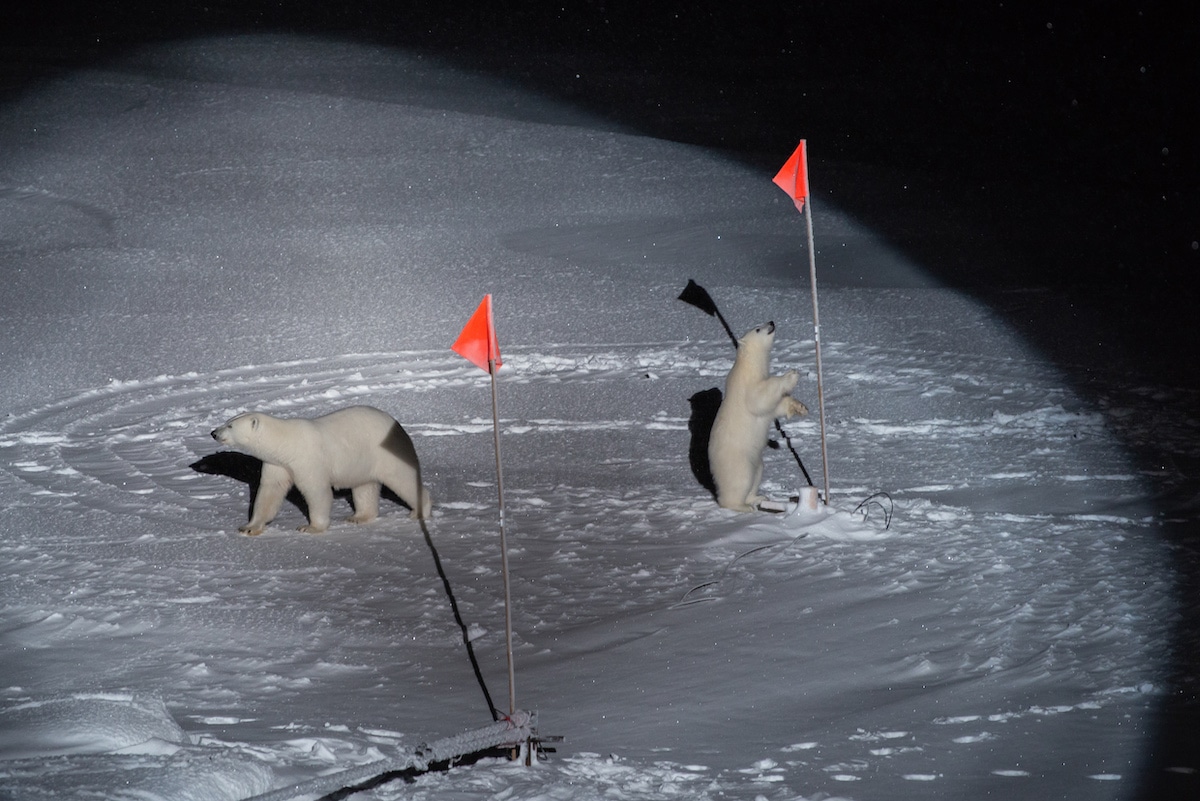
“Polar Bear and her Cub” by Esther Horvath, Hungary, for The New York Times. Nominee, Environment Singles.
A polar bear and her cub come close to equipment placed by scientists from Polarstern, a ship that is part of a scientific expedition investigating the consequences of Arctic climate change, in the central Arctic Ocean, on 10 October.
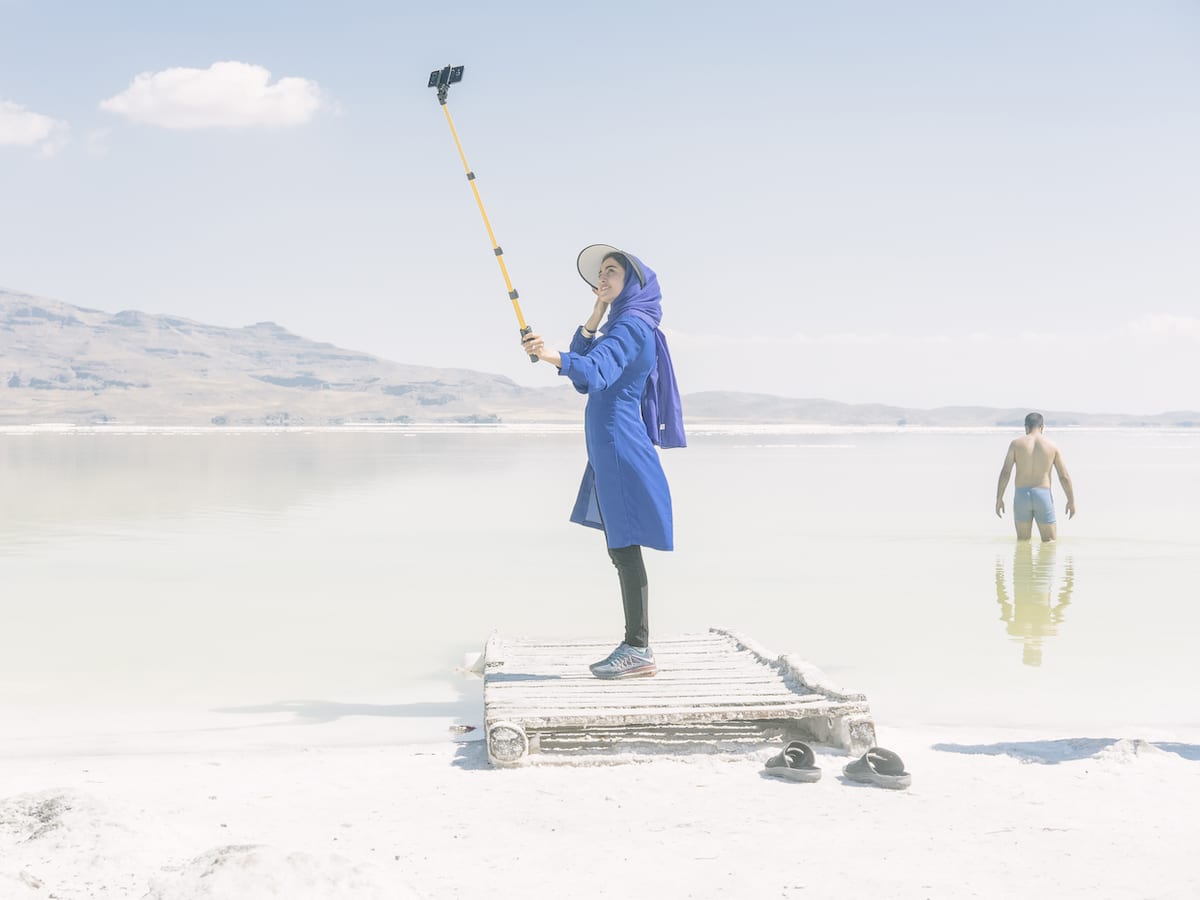
“Fading Flamingos” by Maximilian Mann, Germany, DOCKS Collective. Nominee, Environment Stories.
Lake Urmia, in north-west Iran, once one of the largest salt lakes in the world, is drying up. In the 1990s, it was twice the size of Luxembourg, but intensified droughts and elevated summer temperatures have sped up evaporation. In addition, illegal wells together with a proliferation of dams and irrigation projects along the lake’s tributaries have diverted water to farm fields. Research by an international group of scientists conducted in 2014 showed that the lake had shrunk to about 12% of its size in the 1970s. In addition, environmentalists argue that a 15-kilometer-long causeway that cuts the lake in two, built in 2008, contributes to the drying as it inhibits water flow between the two sides. The exposed lakebed forms a vast salt desert that cannot support agriculture and is susceptible to salt storms which adversely affect surrounding agriculture, and cause eye, skin and lung disorders. Residents in the area, for whom the lake was once a leisure spot, are moving away. The desiccation also affects food sources for migratory birds such as flamingos, ducks, and egrets. President Hassan Rouhani of Iran has pledged US$5 billion over ten years to revive Urmia, and the United Nations Development Programme is working with farmers to introduce more sustainable working practices.











































































